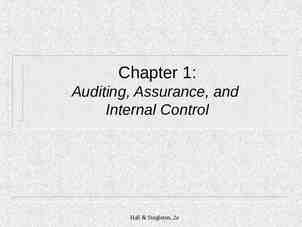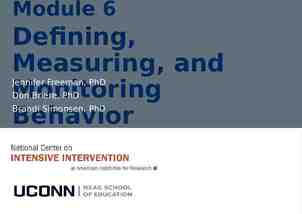FAMU Retention Cost-Benefit Board of Trustees Finance Committee May 5,
10 Slides762.34 KB
FAMU Retention Cost-Benefit Board of Trustees Finance Committee May 5, 2014 1
Impact of Retention on Performance Base Funding Metrics Performance Based Funding Metrics Metric 1: Percent of Bachelor's Graduates Employed and/or Continuing their Education Further 1 Year after Graduation Metric 3: Average Cost per Undergraduate Degree to the Institution Metric 4: Six Year Graduation Rates (Full-time and Part-time FTIC) Metric 5: Academic Progress Rate (2nd Year Retention with GPA above 2.0) Metric 6: Bachelor's Degrees Awarded in Areas of Strategic Emphasis (includes STEM) Metric 8a: Graduate Degrees Awarded in Areas of Strategic Emphasis (includes STEM) Metric 9: Percent of Bachelor’s Degrees without Excess Hours 2
Retention Expenditures (FY 2013-2014) Retention Budget – 1.1M E&G (Tuition Differential) – 2M Title III Grant 3
Current Retention Efforts Established Office of University Retention (2010) First Year Experience Program Academic Success Programs Restructured Access Summer Bridge Program Debt Management Program Faculty Development 4
Benefits of Higher Student Retention High graduation rates – Better quality of life for students – Increased career opportunity & earning potential Reduction in student debt Improved Institutional Image/Standings Increased revenue Increased Performance Funding 5
Fiscal Impact of Student Attrition Attrition # of Students Revenue Loss First Year 400 4.6M Overall 1,200 10.3M Annual Attrition (based on 3-year average, 2009-2011) Calculation based on tuition, fees, housing, and meal plan Average Revenue Dollars per FTIC Student: 9,894.60 (In state)-approximately 87% 21,835.40 (Out-of-state)-approximately 13% 6
Return on Investment Retention Revenue Scenario Retention # of Students Revenue Revenue Student Persistence First Year 50 FTIC 572,000 1.2M Non-Freshman 75 540,000 1.3M 719,000 1.7M Students on SAP 100 Less Calculation based on tuition, fees, housing, and meal plan Average Revenue Dollars per FTIC Student: 9,894.60 (In state)-approximately 87% 21,835.40 (Out-of-state)-approximately 13% 7
Challenges & Opportunities Expand program and services for highperforming students Effective Recruitment Enhance the wrap-around services for first-year students, student athletes, and academically atrisk students Leverage the full power of the technology enterprise to better meet the needs of all constituents 8
Challenges & Opportunities Employ innovative supplemental instruction strategies Enhance Campus Facilities – State-of-the-art classrooms and learning spaces – Centralized student services facilities Extend faculty and staff development efforts with an orientation towards student success 9
Questions 10







